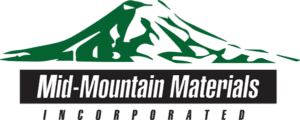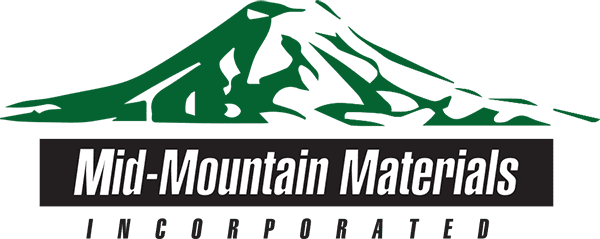The cast house is the most labor-intensive area of a furnace operation. There are taphole drills, jack dam drills, trough covers, tilting runners, control cabins, refractory consumables, and other equipment that need to be loaded and operated in a blast furnace. In the cast house, molten metal is directed from the furnace to the torpedo ladle cars.
Transfer operations that involve molten material require the highest standards of safety. Hazards to workers include the risks of heat, gas, and dust exposure, as well as noise and the ergonomics of the work environment.
Further, an economical cast house operation maximizes the casting rate while minimizing cross-contamination of the molten material. Heat resistant fabrics enable the safe and economical operation of a modern industrial cast house.
Operating a Cast House Safely and Economically
Because the cast house is the most labor-intensive area of an industrial furnace’s operation, its functional design and operation must be optimized to meet required production rates while minimizing labor, maintenance, and material costs. And while also observing the highest standards of safety.
For the optimal operation of a cast house, it’s useful to consider the following:
- Improvements in working conditions
- Reductions in heat loss
- Reduction of material loss
- Reduction of pollutants
Refractory materials made from heat resistant fabrics such as ceramic, kevlar, and fiberglass must be considered in the prevention of heat loss.
Molds and cores constitute an integral part of the casting process. Coatings on molds and cores form a refractive barrier between the mold substrate and the liquified material.
Applications of higher quality heat resistant fabrics significantly reduce cast house cleaning and machine operating costs, thus maximizing the profitability of a cast house operation.
Refractory technology from these fabrics means materials can be cast at temperatures ranging from about 200°C up to about 2700 °C. Thus, modern cast house operations in the cement, metallurgical, glass, and chemical industries may benefit from refractory technology derived from heat resistant fabrics.
Types of Heat Resistant Fabrics
Heat resistant fabrics cover a wide range of materials. They protect against excessive temperatures in a wide range of configurations for cast house applications. They can be made from kevlar, neoprene, fiberglass, silicon, ceramic, carbon, or other materials. They are also UV, chemical, and abrasion-resistant. Each has unique properties suitable for specific applications. For example:
Ceramic coatings prevent contamination between the mold and the molten material. They are manufactured from graphite or other carbon material, or a mixture of carbon and highly refractive material.
Coated heat resistant fabrics are used as heat shields in many industries. They are typically manufactured from neoprene, silicone, ceramic, and mixed with refractory ingredients. They are also abrasion, chemical, and UV resistant, making them well suited for extreme environments.
Silica-based heat resistant fabrics have continuous operating temperatures of 982°C. A combination of low thermal conductivity and refractory coatings makes them ideally suited for extreme temperature environments. Together with excellent abrasion resistance and high tensile strength, they are among the toughest industrial textiles available.
Heat resistant fabrics are ideally suited to high-temperature furnaces where they can be used as linings, troughs, and burners. They ensure the linings and attachments within the furnace are sealed without the risk of melting. They are also used in fabricated parts such as seals, curtains, and blankets as thermal insulation barriers.
Heat Resistant Fabrics from Mid-Mountain Materials
Mid-Mountain Materials is an expert in the manufacture of heat resistant fabrics. Fabrics from Mid-Mountain Materials can withstand temperatures from 232oC to 2760oC. Mid-Mountain Materials manufactures a range of heat resistant fabrics which can be used as thermal insulators in cast houses and manufactured to exact specifications.

